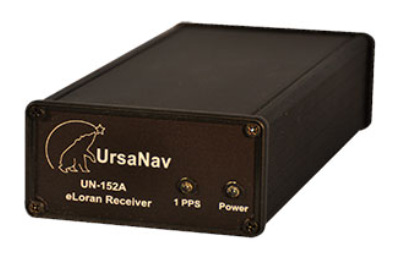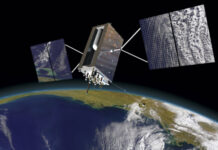The system combines the Broadcast Positioning System (BPS), enabled by ATSC 3.0 or NextGen TV, with eLoran technology. This pairing offers a redundant timing and positioning solution, mitigating the risks associated with GPS vulnerabilities, proponents say.
The well-publicized demo comes at a time when the Federal Communications Commission launched an inquiry last week to explore commercial technologies that would complement GPS. In launching the effort, the FCC noted that while GPS is indispensable to America’s economic and national security, the reliance on a single system to provide location data makes the U.S. vulnerable to disruption or manipulation.

The demonstration highlighted the potential of broadcast infrastructure to provide a reliable backup, leveraging existing ATSC 3.0 capabilities. “Broadcasters have long been essential to public safety, and today we’re proving that role is more important than ever,” said Sam Matheny, NAB’s executive vice president of technology and CTO, in a statement.
Charles Schue, UrsaNav’s CEO, underscored the importance of terrestrial positioning, navigation, and timing (PNT) solutions. He pointed out that other nations are actively maintaining and upgrading their Loran systems, indicating the strategic value of such technology.
While BPS’ proponents believe that, coupled with eLoran, the system can be a reliable complement to GPS—others are wary. “BPS is one of many promising complementary PNT systems, but it too is vulnerable. As we recently witnessed during Hurricane Helene and the California wildfires, terrestrial systems like BPS can suffer outages due to natural and other disasters,” said Lisa Dyer, executive director of the GPS Innovation Alliance.
Dyer said that GPSIA looks forward to participating in the FCC’s proceeding to find complementary technology for GPS. “The docket is already starting to be populated, and we look forward to reading the comments. One of the more interesting papers – More is More – submitted to date comes from a national security and digital innovation expert and a PNT scholar,” she said. “The paper outlines how foreign GNSS improves accuracy, performance, and resiliency for consumers around the world. We anticipate additional comments will further educate the FCC and the PNT community on these vital technologies.”


























